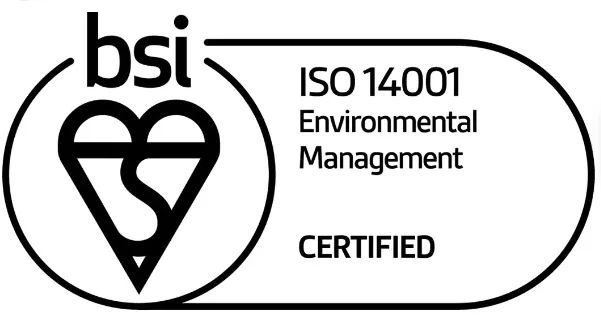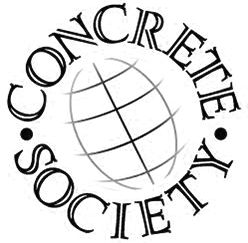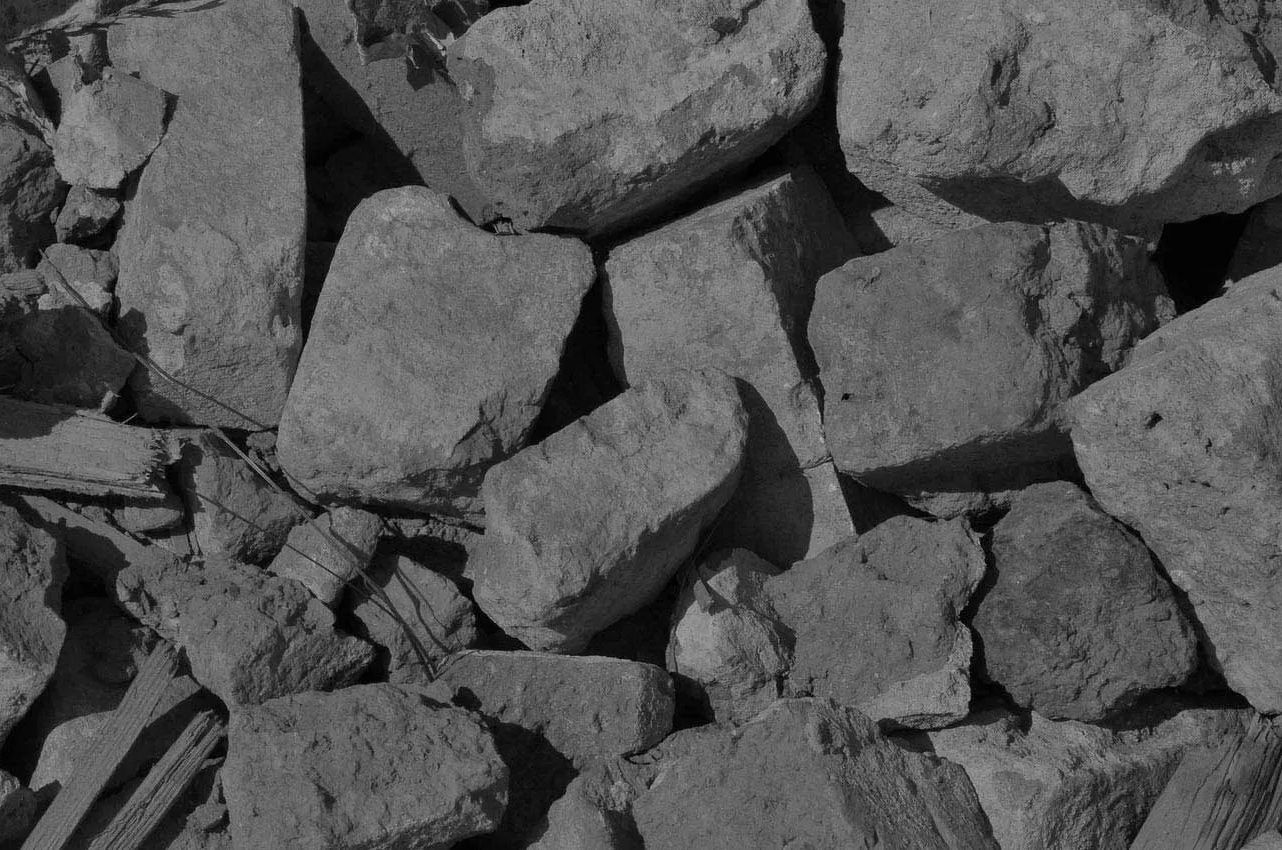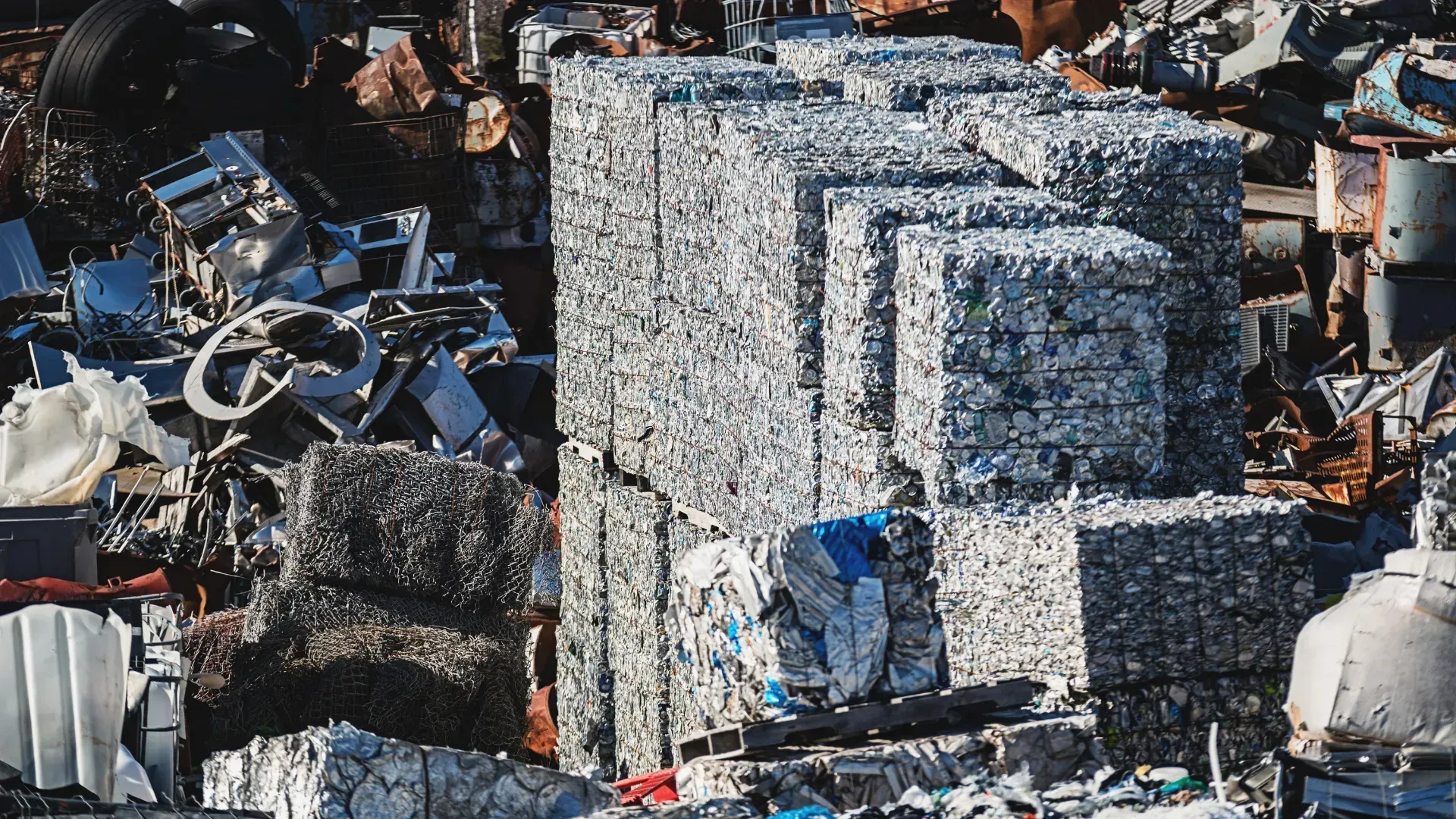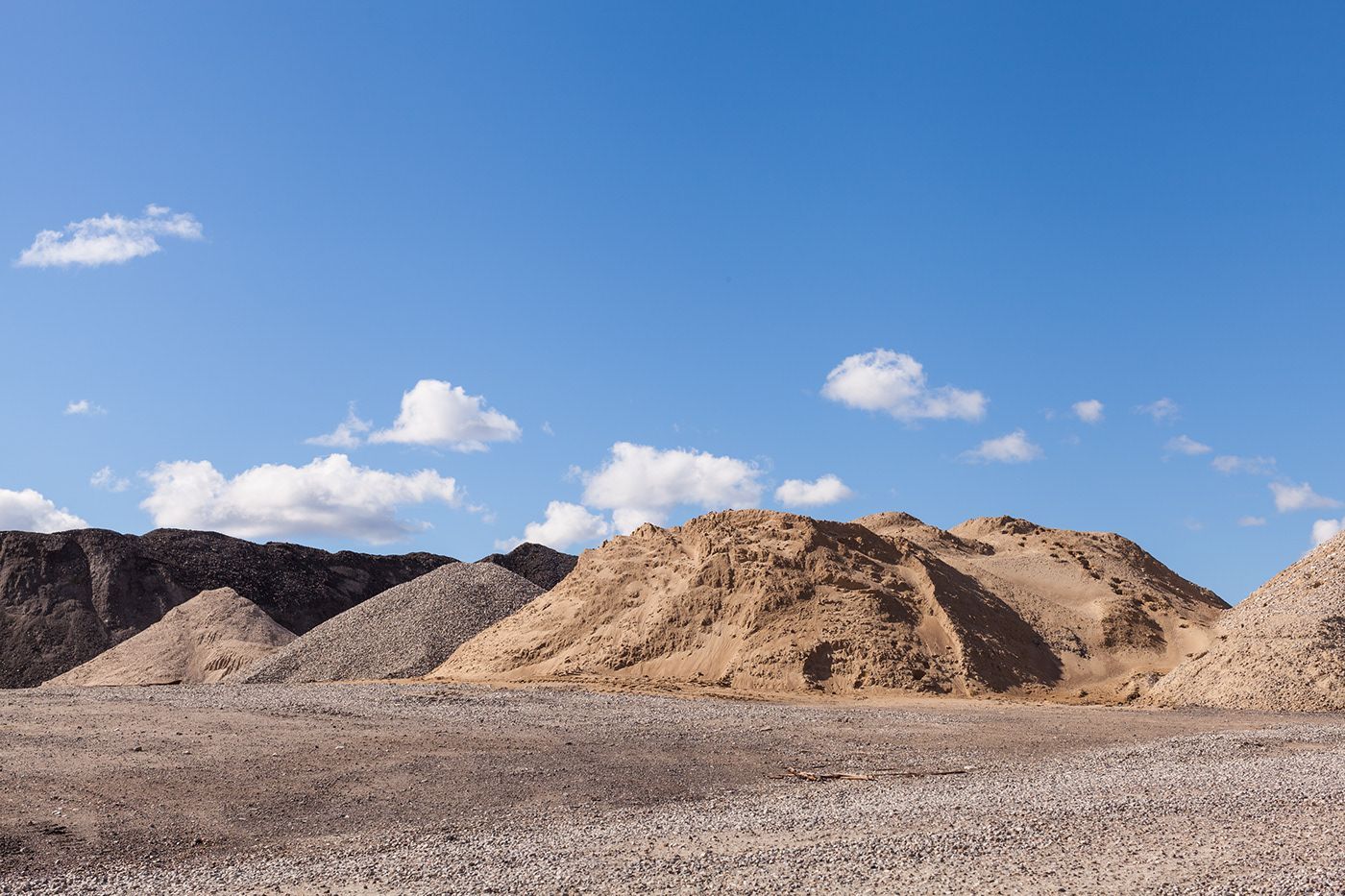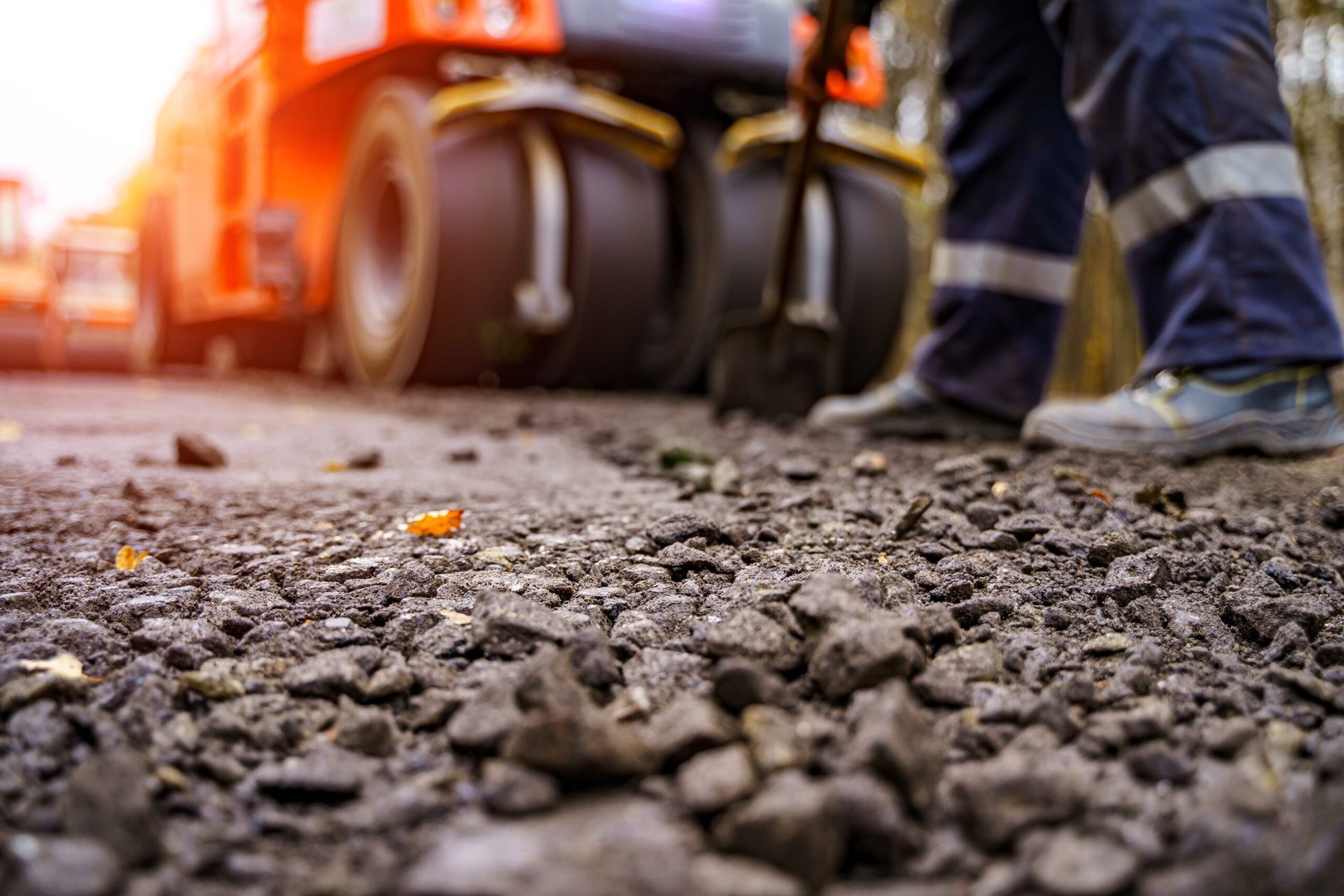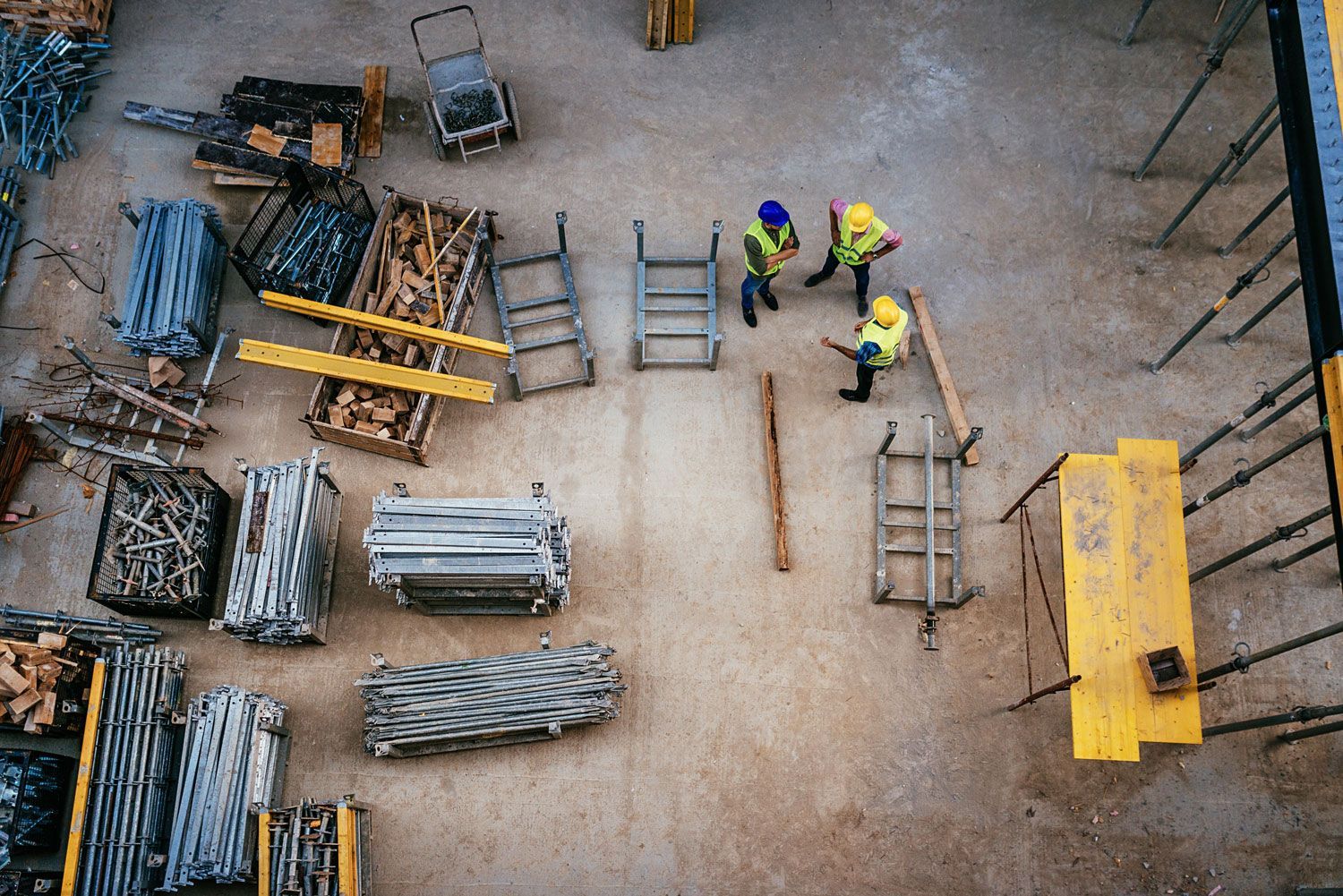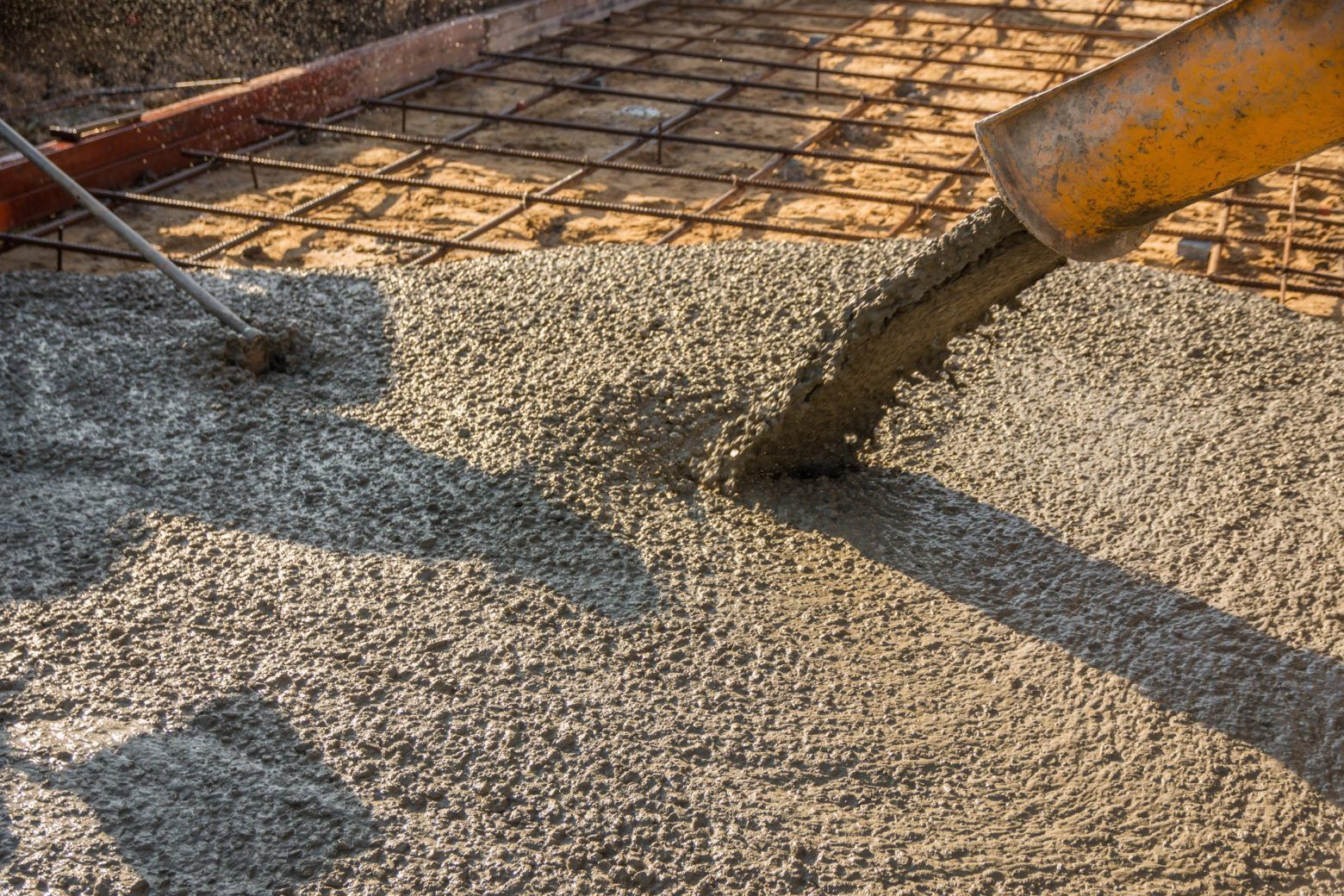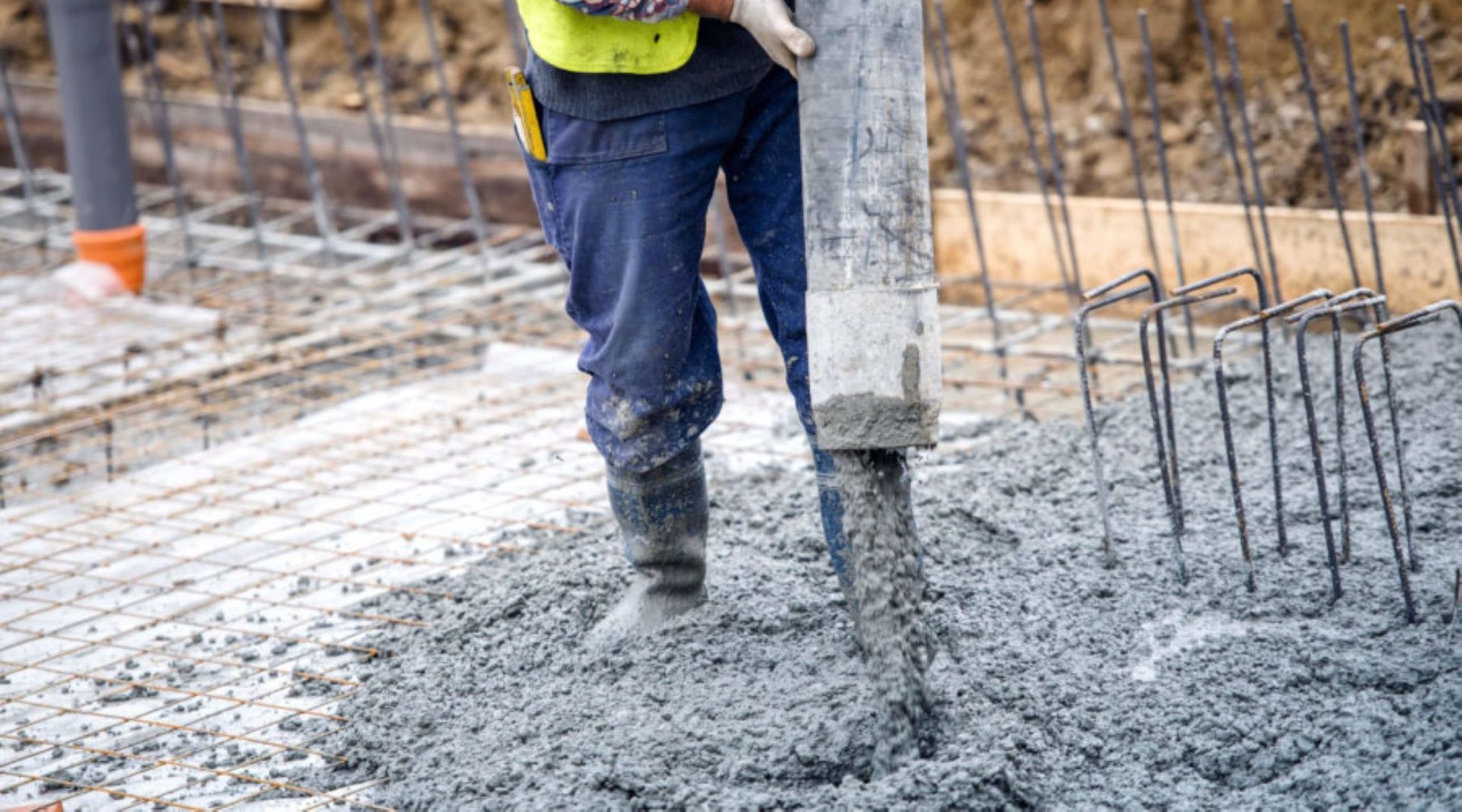How Is Ready Mix Concrete Made?
Ready Mix concrete is a batch of specifically formulated concrete that is pre-mixed according to the customer’s specifications. It is then delivered in either a barrel truck or in-transit mixer so you can receive the correct mix of concrete ready for pouring. This ensures that there is no deviation in the concrete mix and the quality is consistent. In comparison to normal concrete, ready mix concrete is mixed offsite and delivered to the site in a specialist vehicle, meaning better quality assurance and you’ll usually only pay for what you use.
Here’s how ready mix concrete is made.
Aggregates
Ready mix concrete is formulated in a batching plant, specifically designed for concrete production. The concrete is made from aggregates, which comprise 60%-75% of the mix volume. These aggregates are obtained from quarries and aggregate banks and include sand, gravel and crushed stones.
Additives
Next, a solid or liquid chemical substance known as an additive will be added to the mix of aggregates. These are used to increase the concrete’s strength and durability or to reduce a concrete's water content to shorten setting times.
Water and cement
The volume of water is normally around 15%-20% and is responsible for activating a chemical reaction when it comes into contact with cement. Cement is the most important ingredient of ready mix concrete, giving it its resistance. The most widely used cements are gray Portland type I and Pozzolana Portland type C-2. The combination of water and cement creates a paste that coats each particle of the aggregate, binding them together. Over the next 24-48 hours, the chemical reaction takes place, causing the paste to harden and become solid.
Mixing
The mixing phase brings together all the components of the concrete ready to be transported. Once in the cement mixer, it begins rotating and continues doing so until it arrives at its destination and is ready to be poured. Concrete mixers spin at a speed of two to six rotations per minute.
What is ready mix concrete used for?
Ready mix concrete can be used for a wide array of commercial or domestic projects such as road developments, engineering projects, floors & bases and bridges. Ready mix concrete is created in a plant so the product can be controlled much more effectively, allowing you to receive a higher quality product. With ready mix concrete, you can be precise regarding the exact type of concrete you need, allowing you to specify the exact components of the concrete you require.
Thompson Quarries provides efficient delivery and pouring of ready mix concrete in Glasgow and throughout Lanarkshire. We can supply a full range of specialist concrete solutions made at our state-of-the-art static batching plant. Visit our website and get in touch to find out what concrete solutions we can provide for you.

